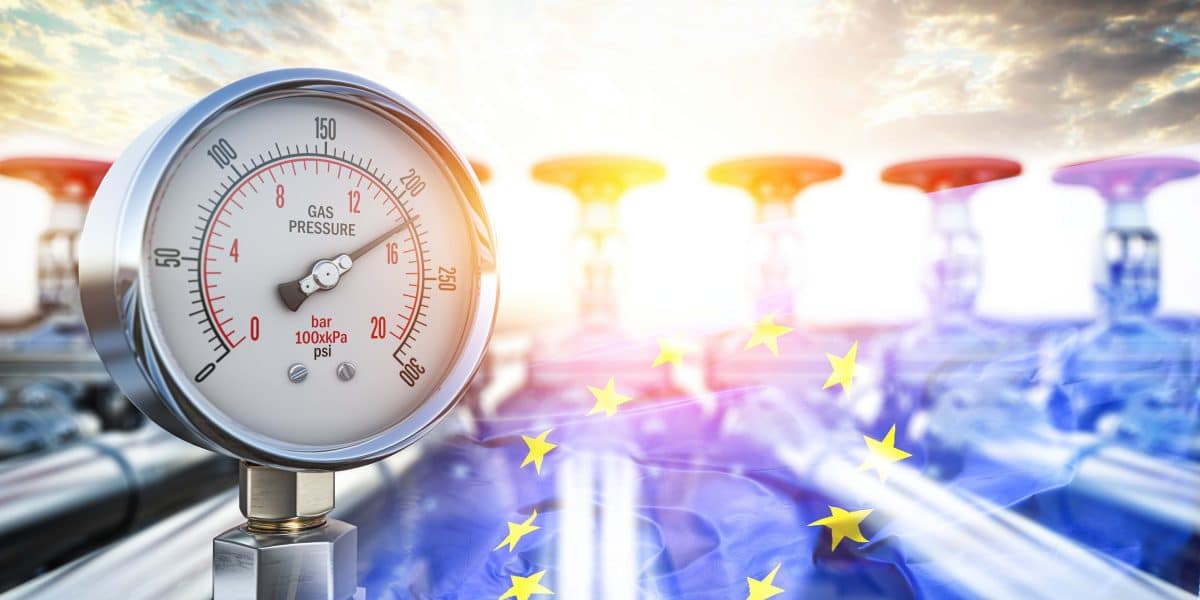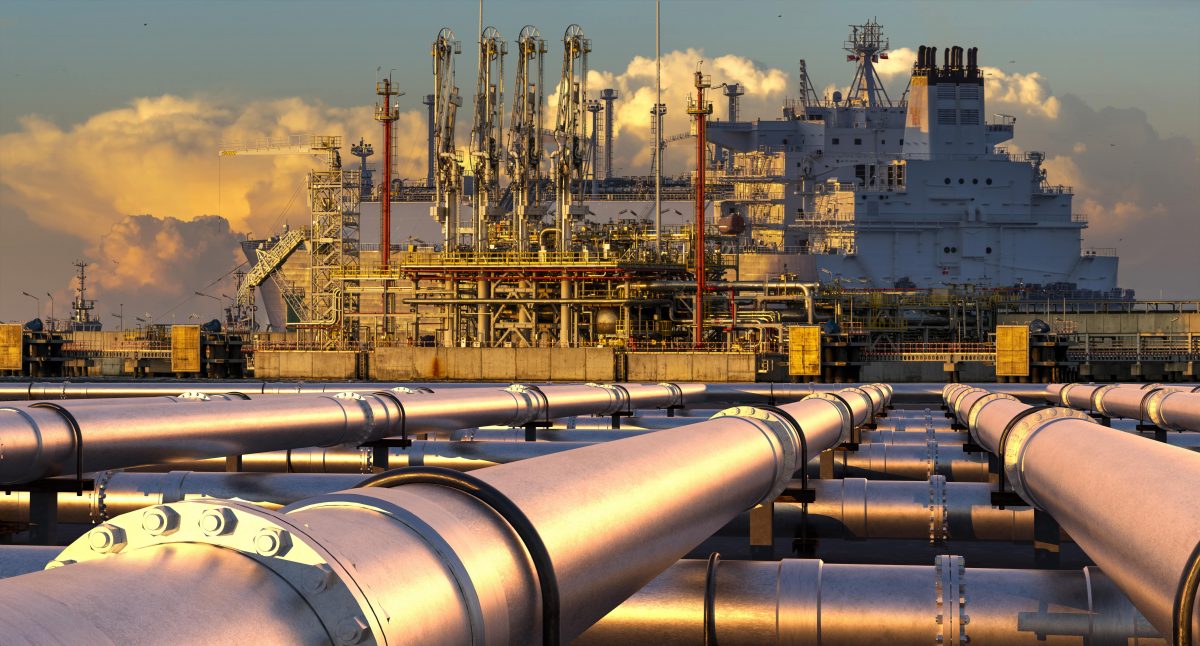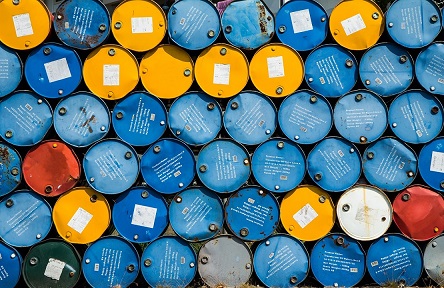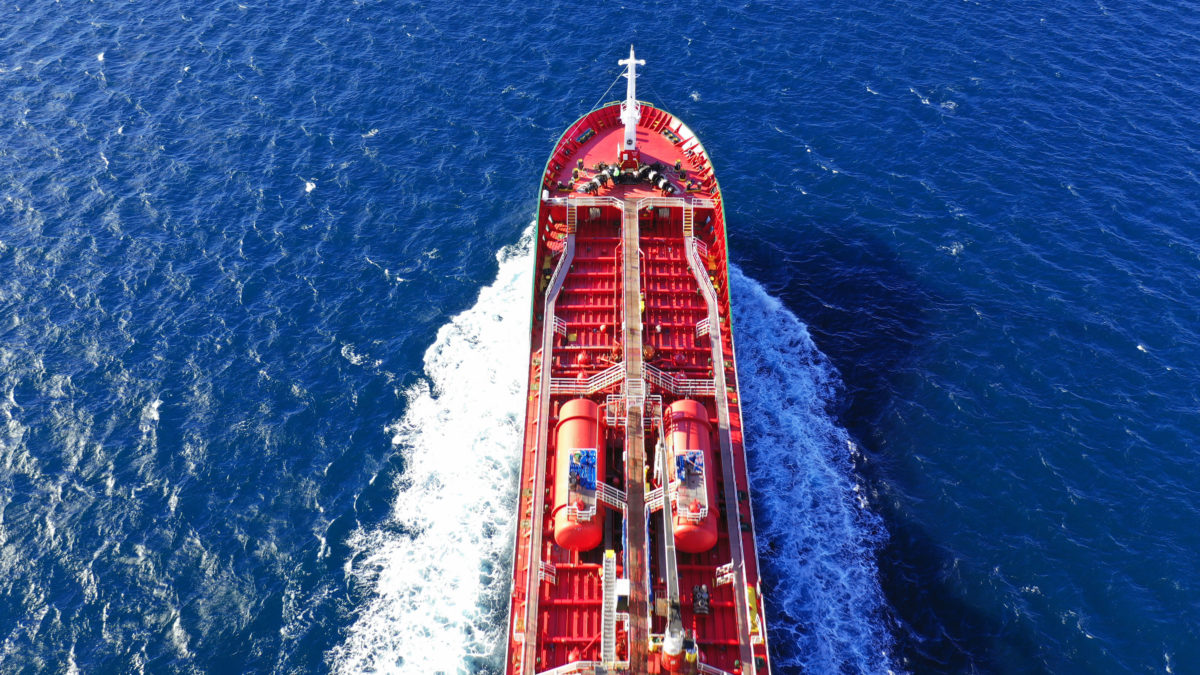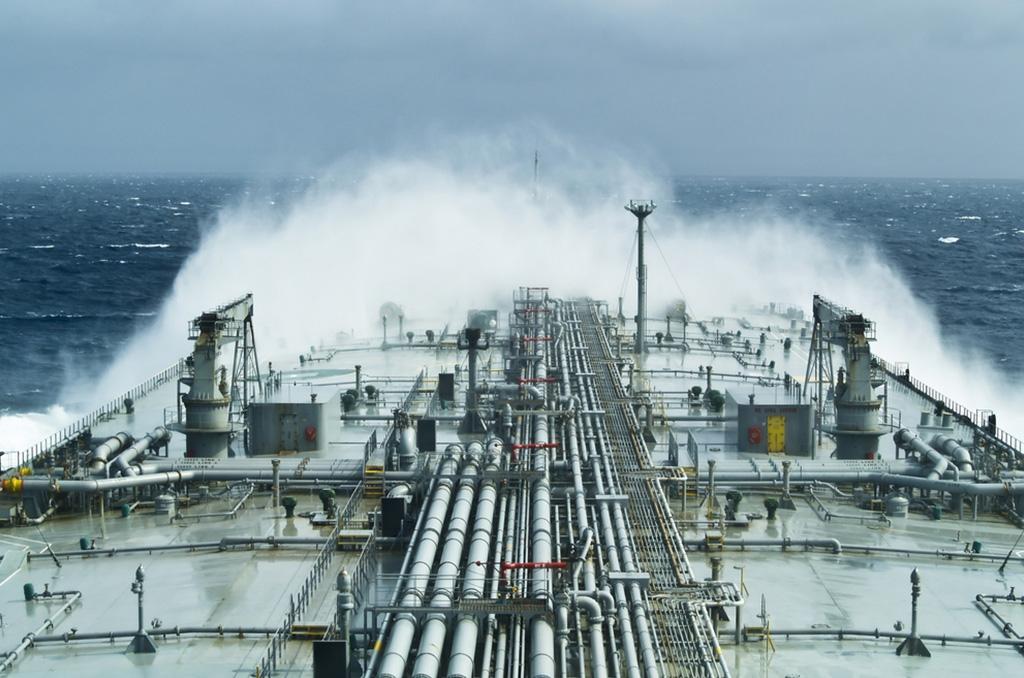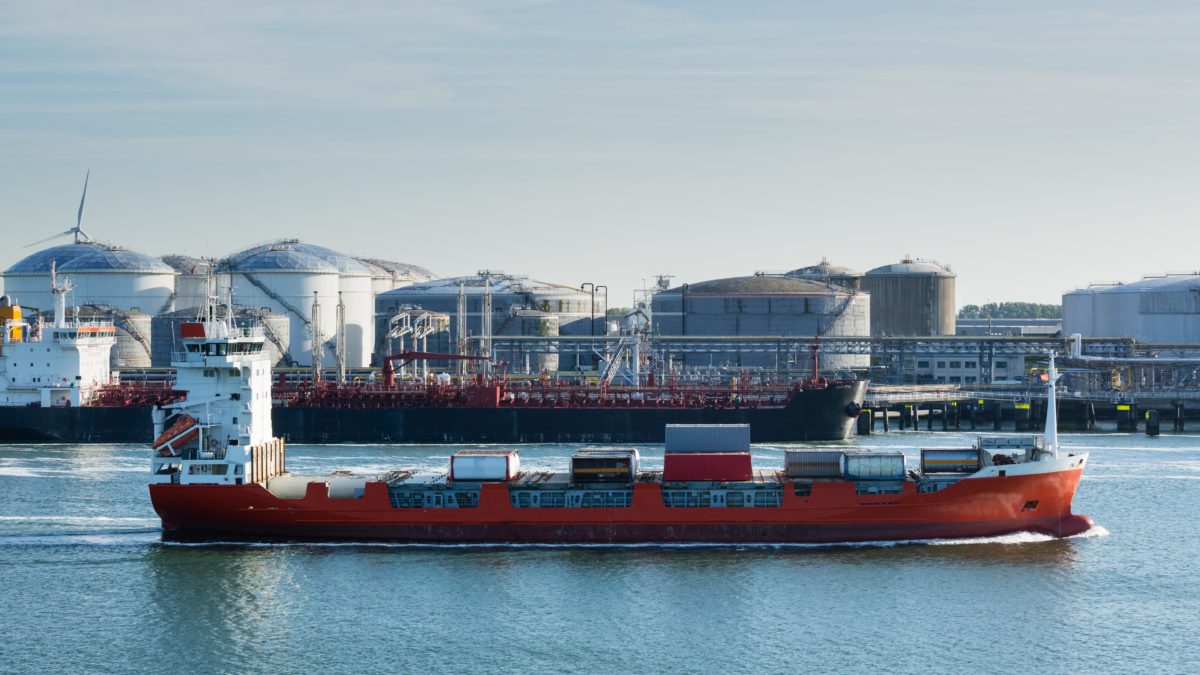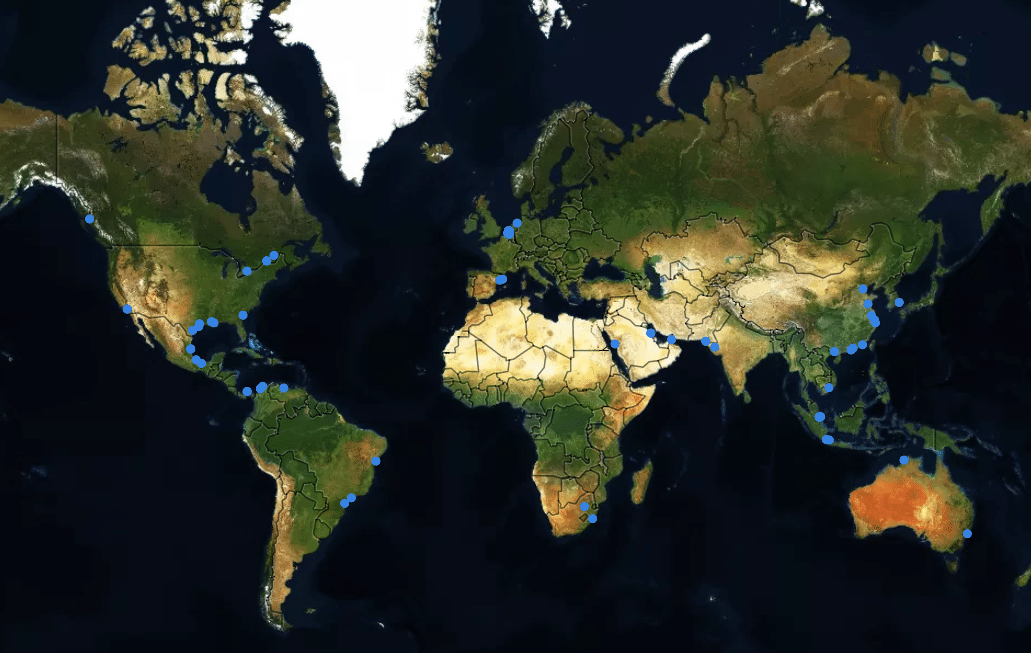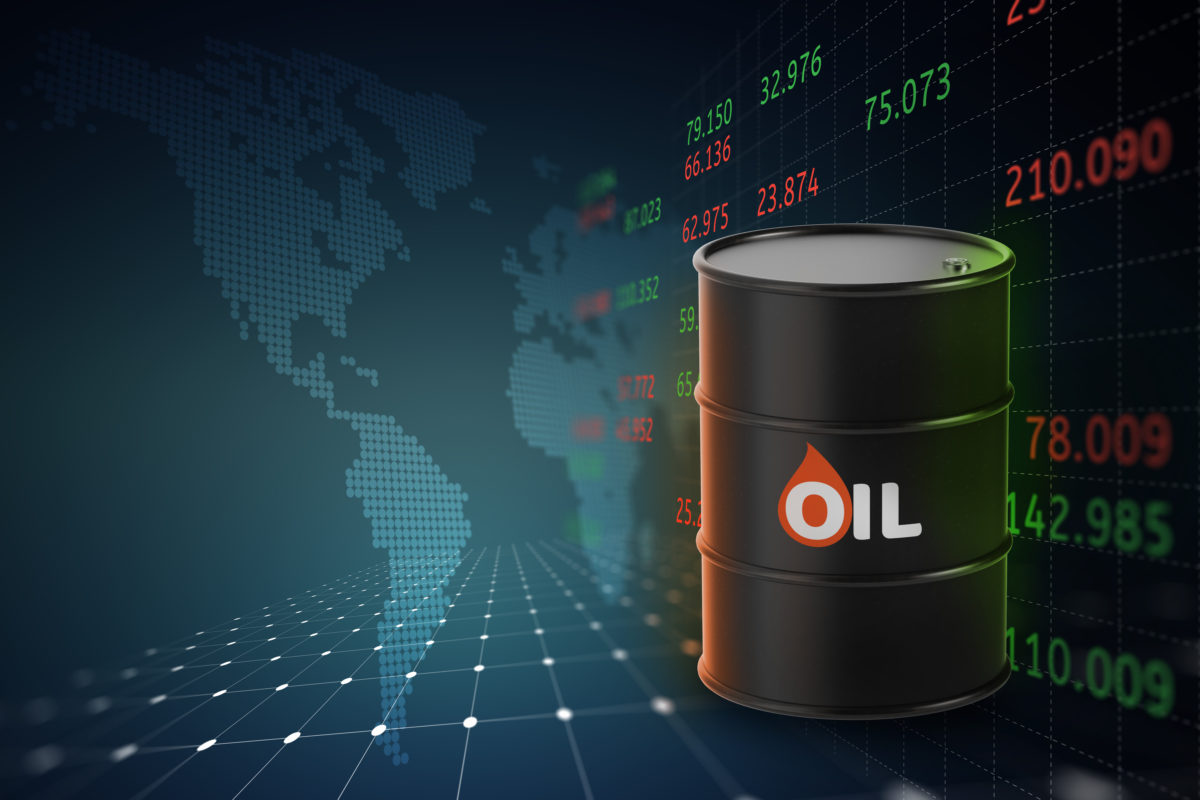The European Union has enough gas for the winter but could face a shortage next year if Russia cuts supplies further, the International Energy Agency (IEA) said on Monday, urging governments to act faster to save energy and expand renewables.
Despite Russia slashing gas deliveries this year, Europe has averted a severe shortage and started the winter with brimming gas storage tanks – thanks in part to emergency EU measures to fill storage, plus a lucky spell of mild weather and high gas prices that dampened demand for the fuel.
But next year may pose an even tougher test than the energy crunch that has this year hiked fuel bills for European households and forced industries to temporarily close to avoid crippling gas costs.
If Russia was to cut the small share of gas it still delivers to Europe, and Chinese gas demand rebounded from COVID-19 lockdown-induced lows, the EU could face a gas shortfall of 27 billion cubic metres (bcm) in 2023, the IEA said. Total EU gas consumption was 412 bcm in 2021.
“This is a serious challenge,” IEA Executive Director Fatih Birol told a press conference with the European Commission in Brussels.
The shortage could be averted by expanding subsidies and policies to renovate gas-guzzling buildings, replace fossil fuel-based heating with heat pumps and massively expand renewable energy, the IEA said.
The 100 billion euro ($106 billion) investment this requires would be paid back within two years through lower gas bills, Birol said.
European Commission President Ursula von der Leyen suggested forming an EU “solidarity fund” to raise cash for energy investments – using both EU money and additional funding sources.
Von der Leyen said the bloc’s gas supply was “safe for this winter” and the 27-country EU was preparing for the next one.
EU country leaders will call for the preparation of early contingency plans for energy supply next winter at a summit in Brussels on Thursday, according to a draft of their meeting conclusions seen by Reuters.
However, countries are still at odds over how to address high energy prices. Their energy ministers hold an emergency meeting on Tuesday to attempt to agree a gas price cap that has divided the bloc.
Last month countries held up deals on other measures over the price cap spat – including faster permits for renewable energy projects that will be crucial to replacing Russian gas and meeting the EU’s climate goals.
Reuters by Kate Abnett, December 2022

